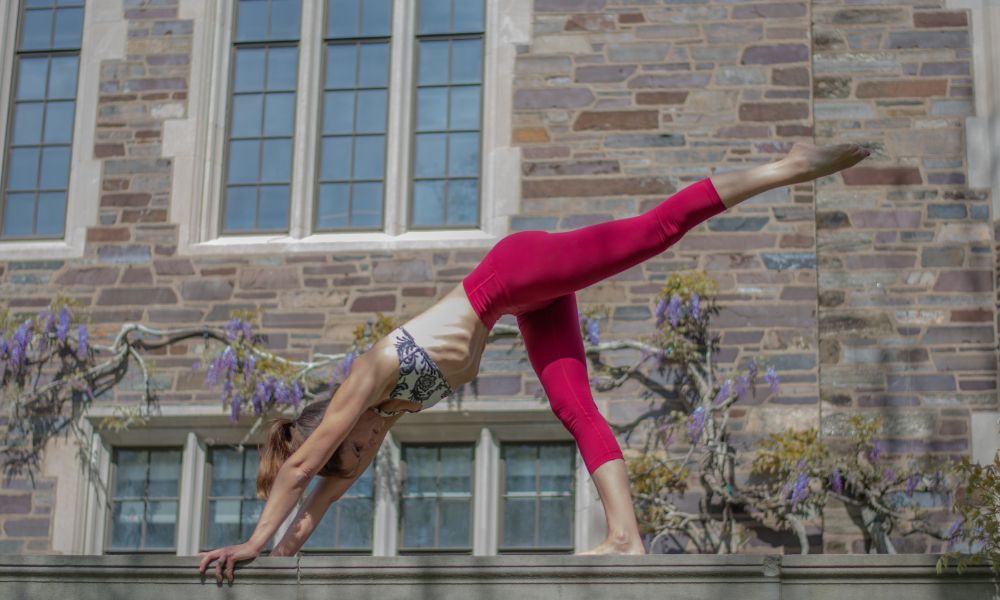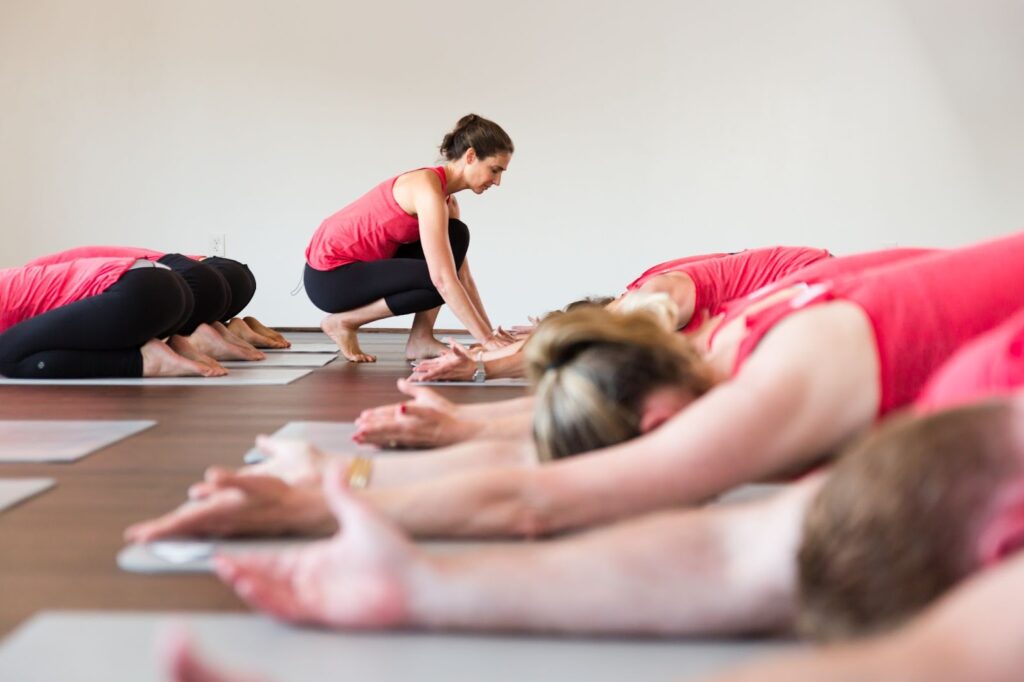by Kristin Williams, PT, DPT
In the LYT Method, we stand by the motto “More Core” for a reason. Whether you’re reaching for something, balancing, getting up off the floor, or simply standing in one place, the muscles of the core are working to keep your spine and pelvis stable. Unfortunately, many people are weak in their core. Most people think only of the abdominals when they hear the term “core”, but there’s a much broader picture to consider when wanting to strengthen this area. We need to consider not only the spine, but also the girdles of the shoulders, hips, and pelvis when incorporating core strengthening exercises.
Why does core strength and stability matter and why incorporate core strengthening exercises? Movement of the body through space depends on the creation and transfer of forces between different segments of the body. For example when we bend over to pick something up off the floor, not only do we need the strength of the arms to lift the object up, but we need to stabilize and lift through the lower body and transfer force through the trunk just to make this movement occur. Failure to do so successfully can increase the risk of injury anywhere along this chain of movement.
Core stabilization exercises have been shown to reduce the risk of this type of injury, as well as decreasing pain, reducing disability, and restoring/increasing strength. When core muscles are activated, there is an increased stiffness of the spine which enhances stability, allowing for this transfer of force. We need to strengthen not only the deep postural muscles but also mover muscles, as both have been shown to be key in stability.
Here are five simple (yet challenging!) exercises to improve your core stability:
- Glute Bridge – as the largest muscle in the body, the glutes play a huge role in core stability, acting as both a mover and a stabilizer.
- Lie on your back with your knees bent and feet flat.
- Press down through the feet to lift the pelvis up off the floor, elongating in the spine (do not press up too high or the back will arch).
- Hold for 2-5 seconds, keeping the pelvis level. Lower down with control.
- Do 3 sets of 10-15 repetitions.
- Supine March – holding the spine stable while moving the lower extremities is Core Stabilization 101.
- Lie on your back with your knees over the hips and shins parallel to the floor (feet off the ground).
- Keeping the knee bent, slowly lower the left leg to tap the toes to the floor. Do not let the back arch up or allow the ribs or pelvis to move.
- Return the left knee over the hip and repeat with the right leg. That is considered 1 repetition.
- Do 3 sets of 10 repetitions.
- Side Bridge – this exercise targets the deep oblique abdominals as well as the stabilizing muscles of the shoulder and hip.
- Lie on your left side with your knees bent to 90-degree angles and your elbow underneath your shoulder.
- Lift your bottom hip off the ground, trying to keep your knees, hips, and upper body in one long line.
- Hold for 10 seconds. Try to work your way up to a 1-minute hold!
- Do 10 holds on each side. As you increase your hold time, decrease your repetitions.
- Forearm Plank – this is a 1-stop shop exercise, targeting all the layers of your abdominal wall, as well as the shoulders, upper back, thighs, and glutes.
- Start on your hands and knees and then lower the forearms to the ground with the elbows under the shoulders.
- Walk one foot back at a time, tucking the toes under and keeping the knees off the floor.
- Hold this position without letting the back arch or hips drop, while keeping the neck long and in line with the trunk.
- Hold for 10 seconds. Try to work your way up to a 1-minute hold!
- Do 3-5 repetitions. As you increase your hold time, decrease your repetitions.
- Half Kneeling Chop – another 1-stop shop exercise that combines core stability, balance and hip stability, and shoulder strength all together.
- Start on your hands and knees and then lift your hands off the floor coming into tall kneeling.
- Step the left foot forward so both knees are bent to 90-degrees. The left foot will be directly under the left knee and the right knee will be directly under the right hip.
- Option to hold a light weight in the hands or simply clasp the hands together.
- Rotate the torso towards the right leg, bringing the weight towards that hip, keeping the arms extended. This is the start position.
- Using your abdominals, rotate the trunk to lift weight diagonally across the body and above the left shoulder, keeping arms extended.
- Reverse to the starting position. This is one repetition.
- Do 2-3 sets of 10 repetitions on each side.
If you’re familiar with the LYT Method, all of these exercises should look familiar to you as we do these and variations of them in each and every class. More Core is not about getting six-pack abs, although that is an added benefit that many find comes with the territory. It’s about creating a readiness in the body to move well and prevent injury. It all starts with core stabilization, so give these a try!
Xoxo,






